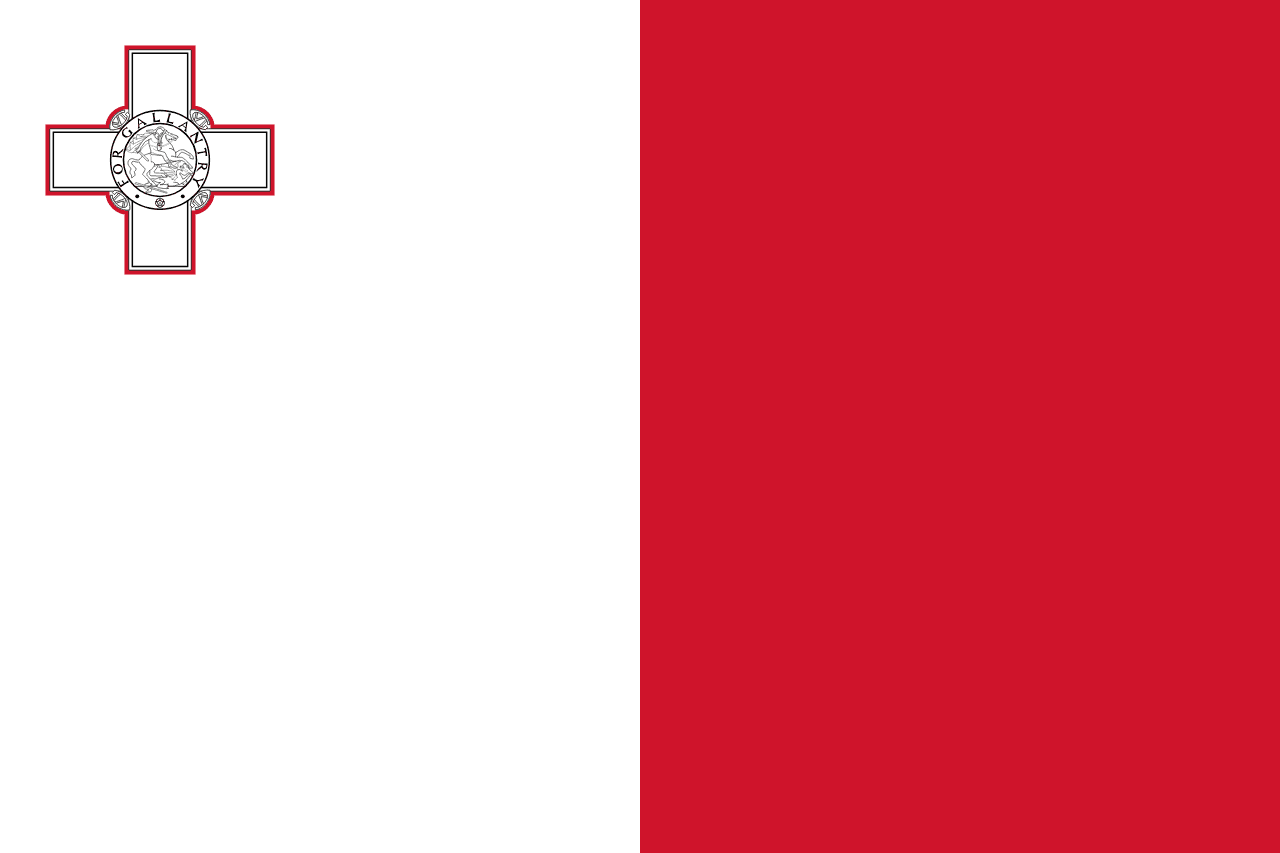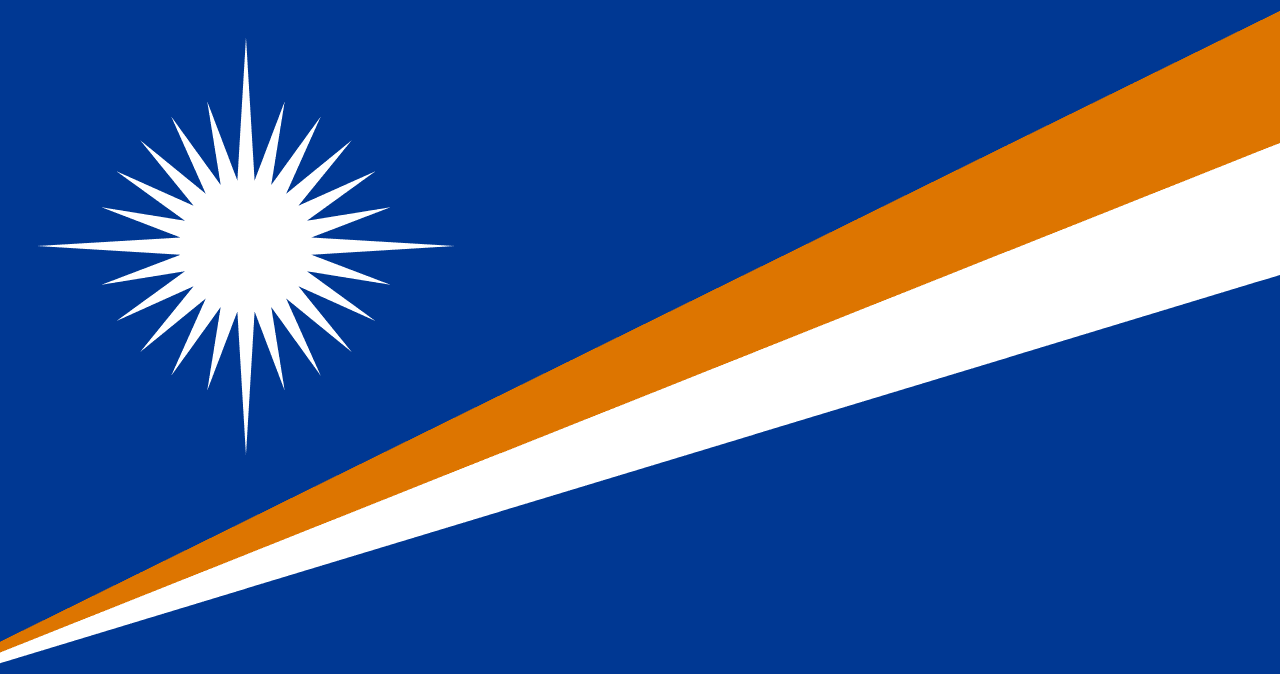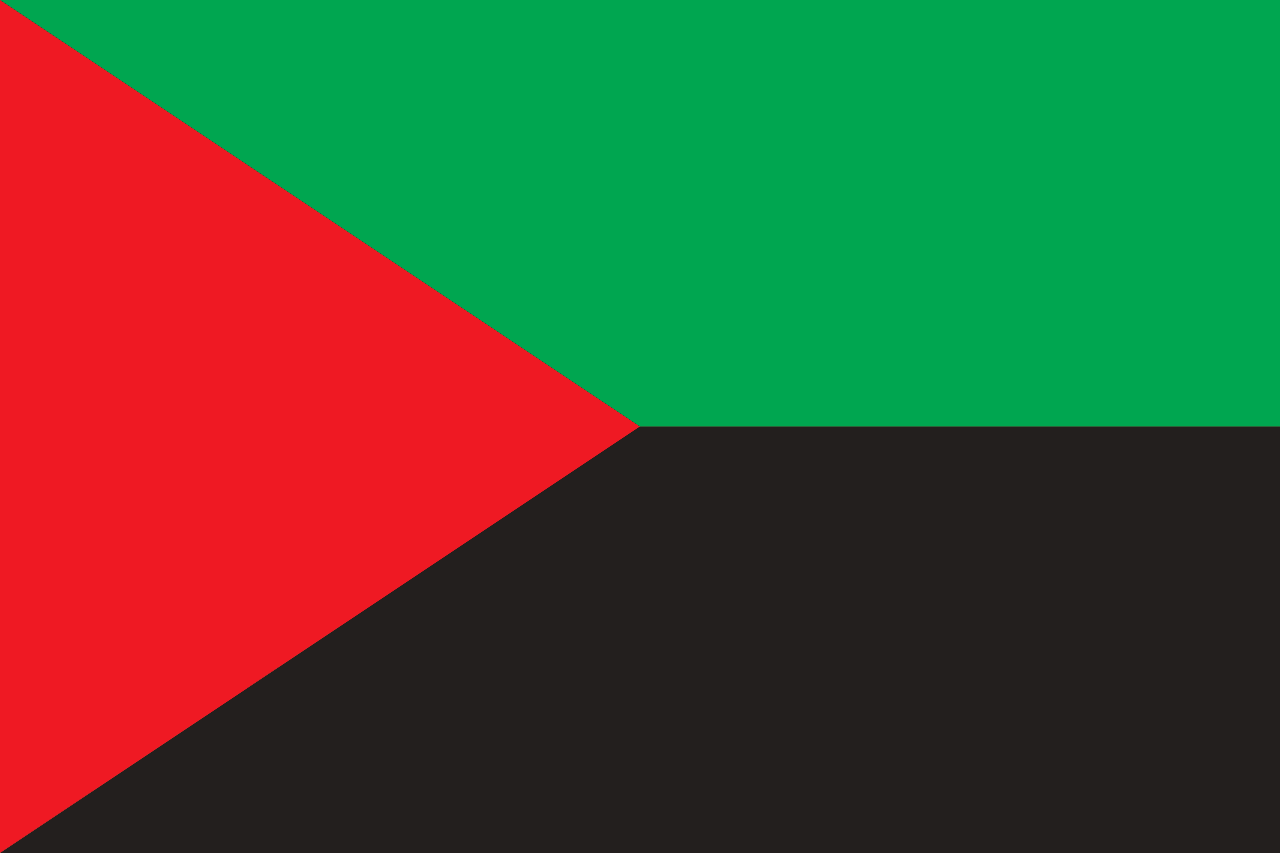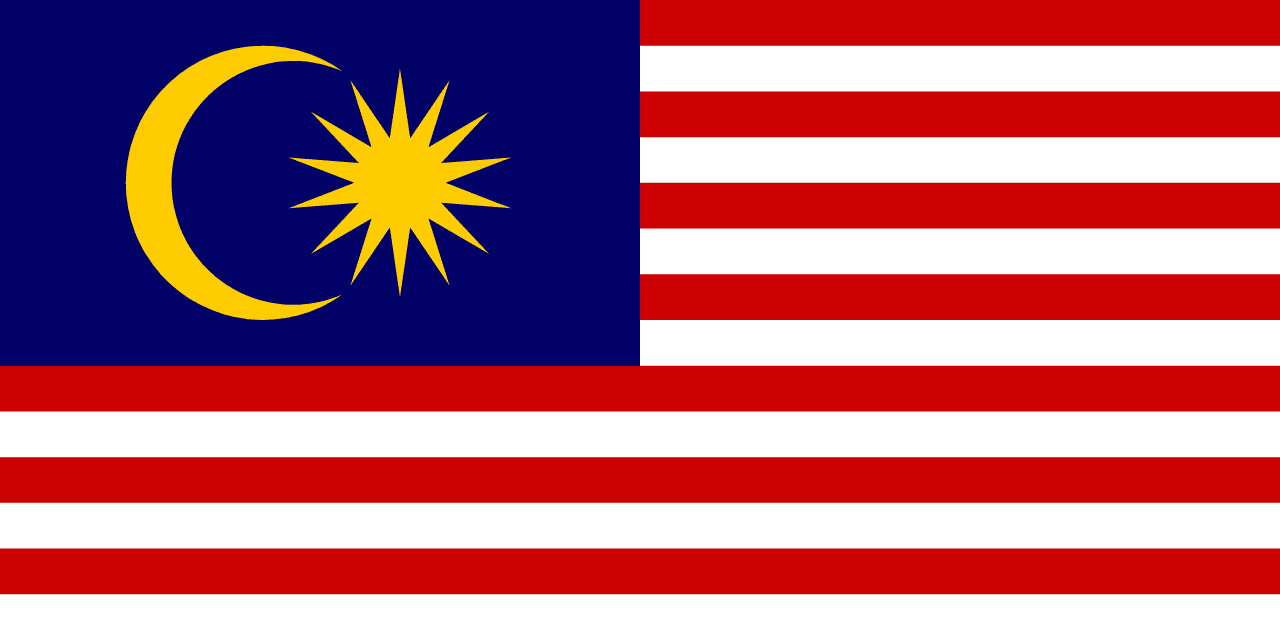The flag of Mali consists of three equal vertical stripes of green, yellow, and red. This tricolor design encapsulates the nation's history, values, and aspirations, serving as a powerful symbol of Malian identity and unity.
Mali information
| National Flag Day | — |
| Sovereign state | Yes |
| Official name | Republic of Mali |
| Capital | Bamako |
| Population | 20,250,833 |
| Area | 1,240,192 km² |
| Currency | West African CFA franc (XOF) |
| Language | French, Bambara |
| Continent | Africa |
| Region | West Africa |
| Subregion | Sahel |
| Borders | Algeria, Burkina Faso, Côte d'Ivoire, Guinea, Mali, Mauritania, Niger, Senegal |
| Timezone | Greenwich Mean Time (GMT) UTC±0 |
| Calling code | +223 |
| Top-level domain | .ml |
History of the Malian flag
 Adopted on March 1, 1961, the Malian flag has its roots in the pan-African movement and the country's struggle for independence. The flag's design was inspired by the flag of Ghana, the first sub-Saharan African country to gain independence from colonial rule. Mali's flag represents a break from its colonial past and a commitment to a new, sovereign future. The choice of colors reflects both Mali's African heritage and its aspirations as a modern nation.
Adopted on March 1, 1961, the Malian flag has its roots in the pan-African movement and the country's struggle for independence. The flag's design was inspired by the flag of Ghana, the first sub-Saharan African country to gain independence from colonial rule. Mali's flag represents a break from its colonial past and a commitment to a new, sovereign future. The choice of colors reflects both Mali's African heritage and its aspirations as a modern nation.
Symbolism and design of the Malian flag
Each color in the Malian flag carries deep symbolic meaning. The green stripe represents the fertile land of Mali, particularly the Niger River basin, which is crucial to the country's agriculture and economy. It also symbolizes hope for a prosperous future. The yellow stripe represents the golden sands of the Sahara Desert in northern Mali, highlighting the country's mineral wealth, particularly gold. It also stands for purity and the virtues of honesty and solidarity among Malians. The red stripe pays tribute to the blood shed by Malian heroes in their fight against colonialism and oppression. It also represents the ongoing determination of the Malian people to build and defend their nation.
Usage and significance of the Malian flag
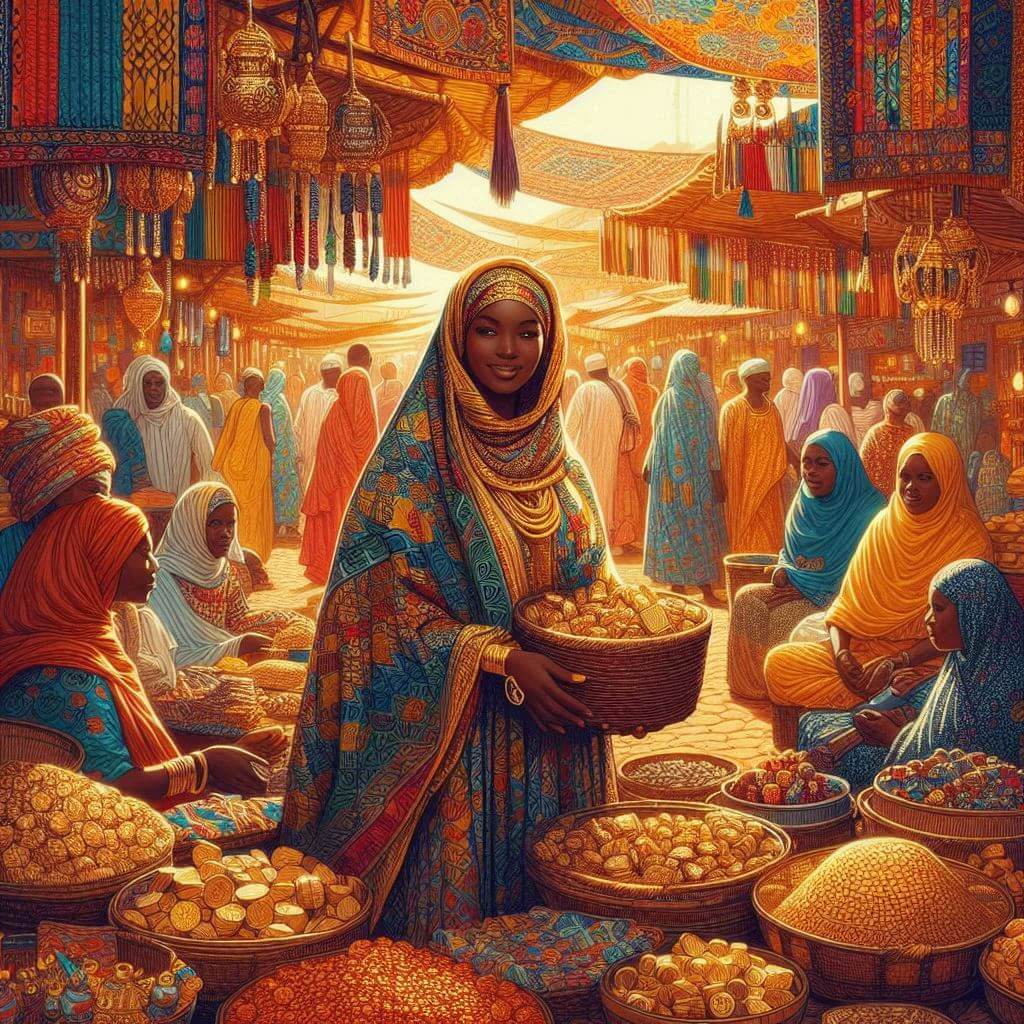 The Malian flag is a source of great national pride and is widely displayed throughout the country. It flies prominently on government buildings, schools, and public institutions. During national holidays such as Independence Day (September 22) and Army Day (January 20), the flag takes center stage in parades and celebrations. Malian athletes and supporters proudly wave the flag during international sporting events, and it is an essential element in diplomatic functions. The flag serves as a unifying symbol for Mali's diverse ethnic groups and regions, representing their shared history and common future.
The Malian flag is a source of great national pride and is widely displayed throughout the country. It flies prominently on government buildings, schools, and public institutions. During national holidays such as Independence Day (September 22) and Army Day (January 20), the flag takes center stage in parades and celebrations. Malian athletes and supporters proudly wave the flag during international sporting events, and it is an essential element in diplomatic functions. The flag serves as a unifying symbol for Mali's diverse ethnic groups and regions, representing their shared history and common future.
Interesting facts about the Malian flag
- The Malian flag's colors are sometimes referred to as the "pan-African colors," shared by many other African nations in their flags.
- Mali's flag is identical to the flag of Guinea, which can sometimes lead to confusion in international settings.
- The flag's design reflects Mali's geography, with the green representing the southern savannas, yellow for the Sahara Desert, and red symbolizing the transition zone between them.
- During Mali's brief federation with Senegal (1959-1960), a different flag was used, featuring a stylized human figure with raised arms.
- The current flag design has remained unchanged since its adoption, demonstrating its enduring significance to the Malian people.
